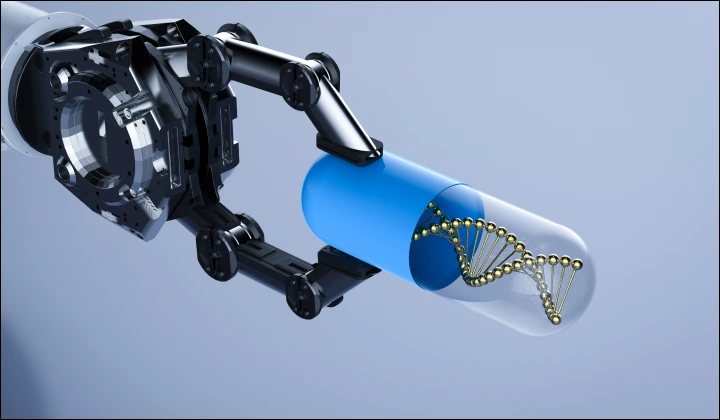Common Challenges in Today’s Pharma Packaging Lines
According to pharmaceutical industry OEE benchmarks, a typical manufacturer has an OEE of approximately 37%, with planned and unscheduled downtime accounting for nearly 50% of losses. An additional 20% of losses are linked to performance concerns, such as micro-stops, and 6% to quality losses (see image below on the left).
On the other hand, analysis reveals that top-tier pharmaceutical manufacturers achieve an OEE of around 70%. These high performers have enhanced and automated their operations using Pharma 4.0 technologies. In such setups, availability typically reaches 75%, while performance and quality losses are nearly negligible (see image on the right).
Apart from this:
● Manual inspection and validation failures due to fatigue or oversight lead to rework and recalls.
● Without integrated data logging, organizations miss out on analytics that can prevent errors and drive continuous improvement.
● GAMP 5 and 21 CFR Part 11 compliance demands extensive documentation.




 14 mins
14 mins











 Talk to Our
Consultants
Talk to Our
Consultants Chat with
Our Experts
Chat with
Our Experts Write us
an Email
Write us
an Email





